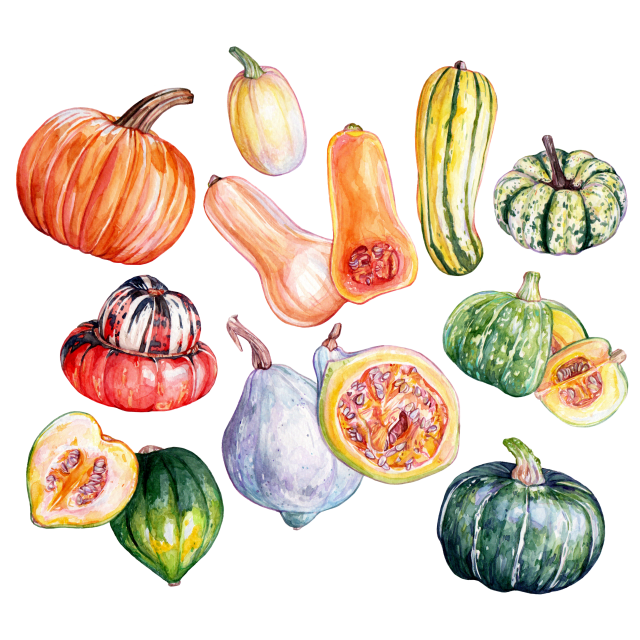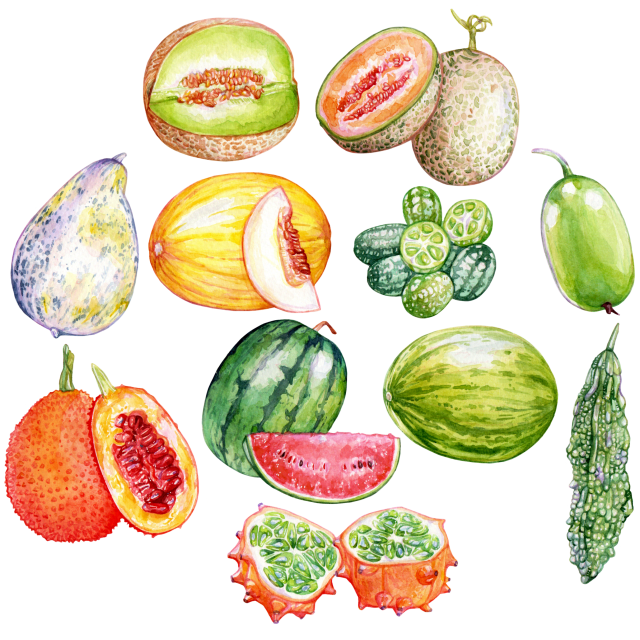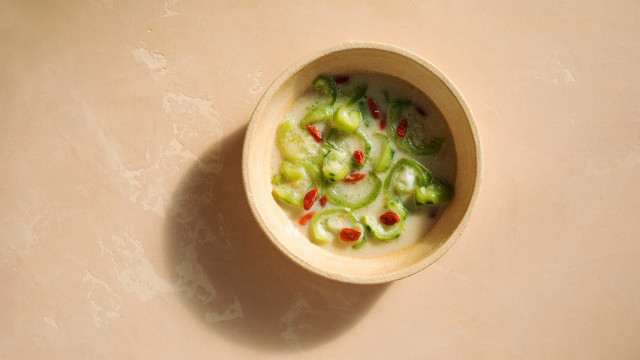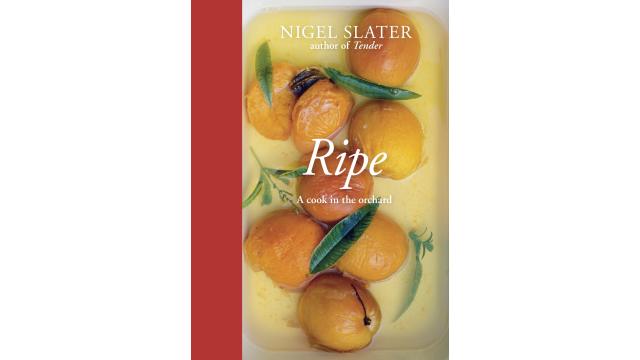Snap Melon
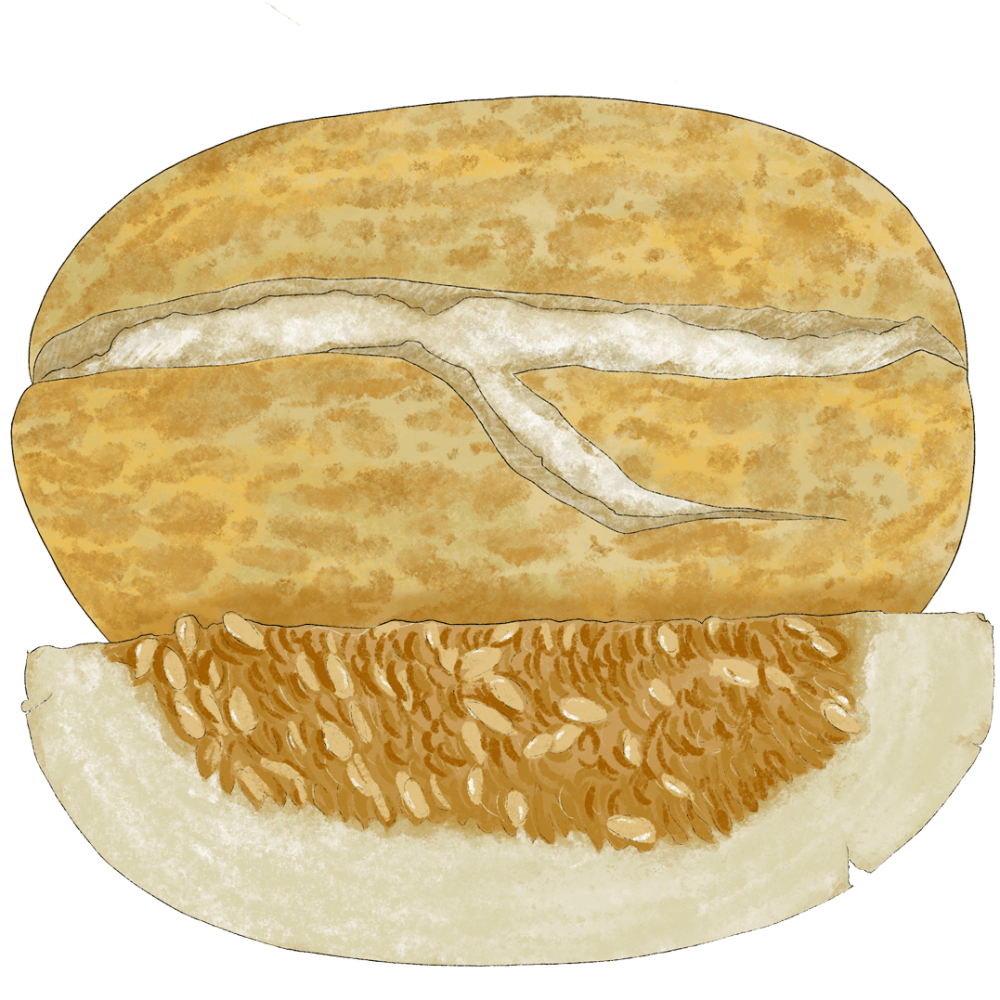
Latin name: Cucumis melo var. momordica
Other names: phut, phoot kakadi, phootikai, pottu vellari (India)
Uses: salads, drinks, desserts
What is snap melon?
Phut! In north India, this onomatopoeic word describes something bursting open. Snap melon doesn’t exactly explode, but it does spontaneously crack open once fully ripe — which explains why it’s called phut or pottu in India, where it is indigenous. A member of the Cucurbitaceae or the gourd family, the smooth, oblong fruit is relished during the scorching heat of the subcontinental summer.
Why is snap melon healthy?
Snap melons are loaded with phytonutrients, folic acid, vitamin C, and potassium, which all work to keep skin soft and glowing. Snap melon is a cooling ingredient and, due to its fiber content, a natural gut cleanser and appetite improver.
What does snap melon taste like?
The flesh of a snap melon is light orange. It is relatively cucumber-like and bland, but the more cracked and ripe it is, the sweeter the taste. Sometimes chunks of snap melon are served with an added sweetener.
How do I use snap melon?
Phoot ki chaat is a widespread recipe found in Rajasthan during summers. Snap melon is best consumed in shakes, fresh juices, and salads. Its juice has become quite a hit in India’s southern states, so farmers there have started sowing it with a high frequency. Snap melon seed kernel is used in bakery products and a popular traditional drink, thandai.
What does snap melon pair well with?
Since the flavor spans the fruit and vegetable worlds, it’s an excellent addition to salads, pairs well with cheeses, and can al
Where does snap melon grow?
Snap melon loves warm weather, and it is commonly cultivated in India, where it is available between April and May. The plant is an annual climber, which commonly sprawls along the ground but can ascend with the help of tendrils.
How to buy snap melon:
If you want it sweet and ripe, just look for fruit that has split open but still smells fresh.
Fun snap melon fact:
Snapped, ripe snap melons are a challenge to transport. In parts of India, they are traditionally wrapped in a firm, dry areca palm leaf to take to market.
